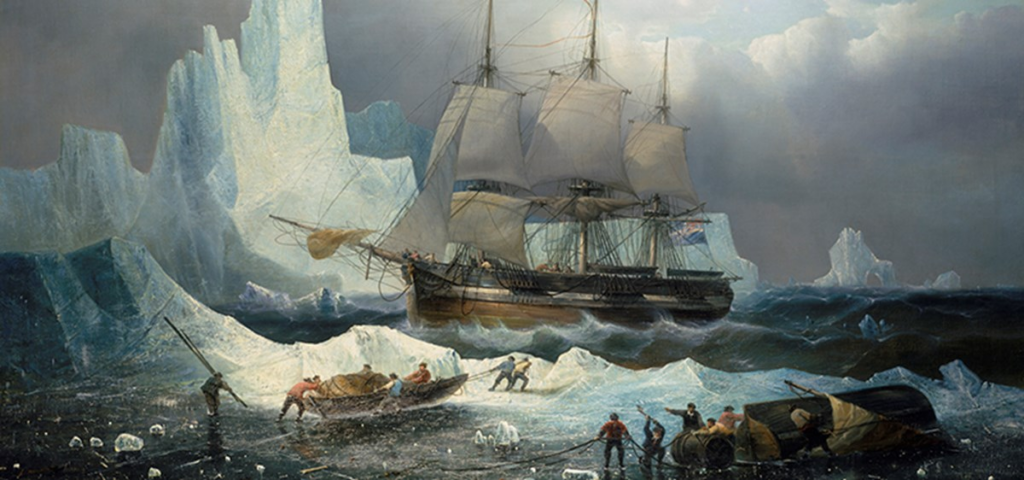I would absolutely love to work in the education department of a museum. The way I see it, there’s nothing better than showing the public around the past, the present, and potentially the future of human society. And I especially love teaching to children, because they very literally are the future of our museums! However, I think I’d also love being an exhibit designer, probably because it goes hand in hand with the education portion. You’re trying to impart something interesting to the public, something that keeps them wanting to come back over and over. It also ties into art, because let’s face it: building an appealing looking exhibit requires some serious imagination. For example, I once visited the Anchorage Museum and came across an exhibit on the HMS Terror and HMS Erebus (https://www.arctictoday.com/traveling-exhibit-offers-clues-to-how-the-franklin-expedition-was-lost/). These were two ships on their way to find the Northwest Passage, but sank somewhere deep in Canadian territory. Some brilliant individual had the idea to make a portion of the exhibit look like a life-sized version of the HMS Terror’s galley, captain’s quarters, and crew quarters. Of course it drew me in, who wouldn’t be drawn in? It put the public right in the thick of the action, so to speak. There were artifacts in glass cases that somehow looked like they belonged there, such as a tin of beans and a pocket watch that had belonged to one of the crew members. The most fascinating portion of the exhibit though, at least for me, were the life-sized, extremely detailed photographs of the remains of three crew members. They had passed away before the ships sank on their mission to find the Northwest Passage, and were buried on a small, isolated island by their shipmates. Nearly 100 years later, archaeologists found their remains, exhumed them, and were able to tell what they had died of, how old they had been at their time of death, and even what they had eaten as a last meal. Years after touring this exhibit, I can clearly remember the blue eyes of one of these unfortunate men, only somewhat dulled by his death. THAT is what I’d like to achieve by working in a museum. The storytelling and passion that a good education and design department can impart to the public, especially children, is essential to museums, and I’d love to have a good crack at it.
In addition to which job you’d like to hold at a museum, where in the world would you like to work? (I’d love the polar regions myself.)

I love that the exhibit at the Anchorage Museum clearly made an impression on you – it’s amazing that these things we create lasting memories! There have been so many exhibits over the years that have done the same for me! King Tut at the Field Museum… the shoes at the National Holocaust Museum in DC… world-famous art like Pablo Picasso and Jackson Pollack’s “Mural” at the University of Iowa art museum in the 1970s and ’80s (https://stories.uiowa.edu/ui-art-museum-50-years-brilliance).
These designed experiences helped shape my understanding of the power of museums to heal, to change perspectives, to inspire connections. It’s incredible that professionals create these spaces that change the lives of people – every day.